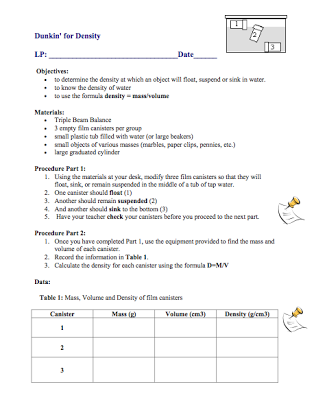
The key to engaging science instruction is engaging our students in the science process. A few labs into the school year I always find myself planning a lesson about the science process and scientific variables. I find myself asking “How did they mess up that graph after I explained it 3 times?” “Why didn’t they notice the impact of the — on the —?” When students lack general science process skills, analyzing and interpreting lab results can be cumbersome (and for science teachers a little frustrating).
Teaching students to identify the variables of an experiment helps them focus on both the process and product of a scientific test, and thereby focus their attention on the essential science ideas at hand.
Tips for teaching students about scientific variables:
- Talk the talk! Provide A LOT of verbal examples before introducing formal vocabulary. I try to use the terminology (independent, dependent, control and constant) on a regular basis during class long BEFORE I expect kids to know what these words mean. This can be done by doing some quick demos at the start of class that relate to your current teaching topic. This density demo gets kids thinking when you pose the question “Will ice melt faster in salt water or regular water?”
- “Notice the one part of this experiment that has been changed by the scientist.”
- “Who can tell me all the constants or things kept the same in this experiment?”
- “Is there an untested group or group used for comparison in the test? Why would a scientist what a control or untested group?”

- Post the terms in your classroom so that kids can reference them while completing lab work or reading and sorting lab data. You can also have them add this vocabulary sheet to their journals or science notebooks.
- Explain using doodle notes – Visual doodle notes provide a clear comparison between the independent variable, dependent variable, control and constants. These doodle notes provide visual triggers to improve understanding and memory. The flowers in water example is easy to set up in your classroom (Remember to do it a few days ahead of time to draw student attention and have visual results by the time you complete the notes. NOTE: It takes a few days to see the food coloring impact a white carnation!)

After using the vocabulary, posting the definitions and completing the doodle notes KEEP REMINDING KIDS of these terms each time an opportunity arises. The more that our students see science vocabulary in context the more likely they are to commit their learning long term memory.
I hope you gathered some valuable tools for teaching your students about scientific variables! Be sure to visit Captivate Science on Instagram for more middle school science ideas.
Happy Teaching!
Kate



